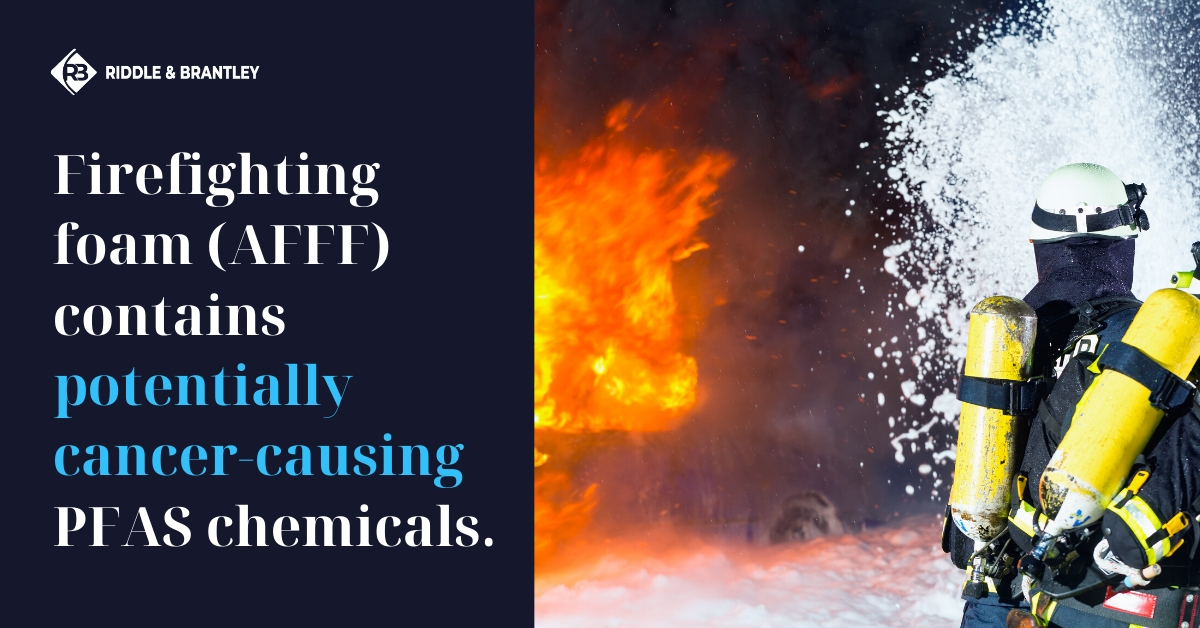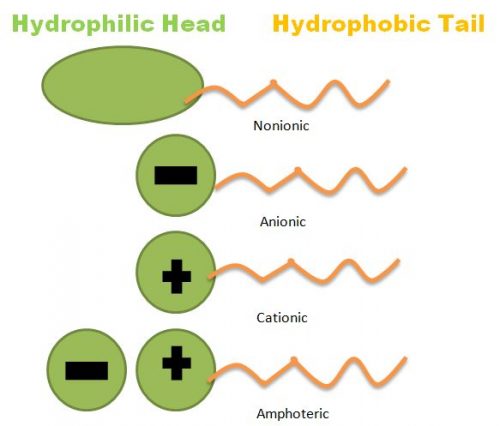class a foam acts as a surfactant which means that it
The surface tension affects foam in two obvious ways though in fact they are the same thing. Class A foam is for use against Class A fires such as paper rubber textiles and wood.

Firefighting Foam Cancer What You Need To Know About Afff Exposure
A fire fighting foam is simply a stable mass of small air-filled bubbles which have a lower density than oil gasoline or water.

. Class A foam acts as a surfactant which means that it. These surfactants are selected for their 2 main properties. These new concentrates made the use of foam a cost effective means of combating.
Class A foam systems in structural fire suppression or wildlandurban interface fire protection. This means less of a dig and pull overhaul will be. Class A Foam.
If these bubbles reach the surface with a liquid fraction ε in the 01-02 range then they are a. Class A Foam is one of the most effective and environmentally friendly products available for fighting managing and controlling wildland fires. The rate of application for Class B foam depends on.
Class A foam when used with water acts as a surfactant Because Class A foam acts as a surfactant when mixed with water its able to more effectively penetrate deep-seated. If you were to bubble air beneath the surface of a pure liquid the bubbles will rupture immediately. The energy need to increase the surface area A is γδAδt so a low γ means more foam for less.
It is trivially easy to make a foam - just mix air and liquid with some energy and bubbles will form. Foam is made up of three ingredients -. After a fuel surface is treated with Class A foam the moisture provided will eventually evaporate from the fuel.
Lowers the surface tension of water allowing better penetration into the fuel. The techniques used for. Class A foams are often intended for use at very low concentration of 01 to.
Class A foams are mainly made of synthetic surfactants. Youll have noticed that pure liquids do not form a foam. How a Foam Acts on a Fire Smothering - The use of a foam blanket will provide an excellent covering that can be used to surround a fuel thereby breaking a side of the tetrahedron.
What is class A foam made of. Answer 1 of 2.

3 Firefighting Foams Pfas Per And Polyfluoroalkyl Substances

Foaming Behavior Of Fluorocarbon Surfactant Used In Fire Fighting The Importance Of Viscosity And Self Assembly Structure Sciencedirect

Firefighting Foam Market Global Forecast To 2026 Marketsandmarkets

The Military S Toxic Firefighting Foam Disaster

Experimental Investigation Of Foam Flooding Using Anionic And Nonionic Surfactants A Screening Scenario To Assess The Effects Of Salinity And Ph On Foam Stability And Foam Height Acs Omega

How Does A Fire Fighting Foam Concentrate Work On Fire Bioex

Aqueous Fire Fighting Foam Afff Lawyers Elg Law

An Easy Guide To Understanding How Surfactants Work Ipc

Fire Test Performance Of Eleven Pfas Free Class B Firefighting Foams Varying Fuels Admixture Water Types And Foam Generation Techniques Springerlink

Essential Factor Of Perfluoroalkyl Surfactants Contributing To Efficacy In Firefighting Foams Langmuir

The Right Foam For The Job Fire Engineering Firefighter Training And Fire Service News Rescue

The Military S Toxic Firefighting Foam Disaster

Destabilization Propagation And Generation Of Surfactant Stabilized Foam During Crude Oil Displacement In Heterogeneous Model Porous Media Langmuir
3 Firefighting Foams Pfas Per And Polyfluoroalkyl Substances

Navy Researchers Look For Safer Firefighting Foams U S Department Of Defense Defense Department News

Chapter 14 Lesson Goal After Completing This Lesson The Student Shall Be Able To Effectively Apply Fire Fighting Foam Using Various Foam Types Concentrates Ppt Video Online Download

Use Of Foam On Class A Fire Bioex

Essential Factor Of Perfluoroalkyl Surfactants Contributing To Efficacy In Firefighting Foams Langmuir